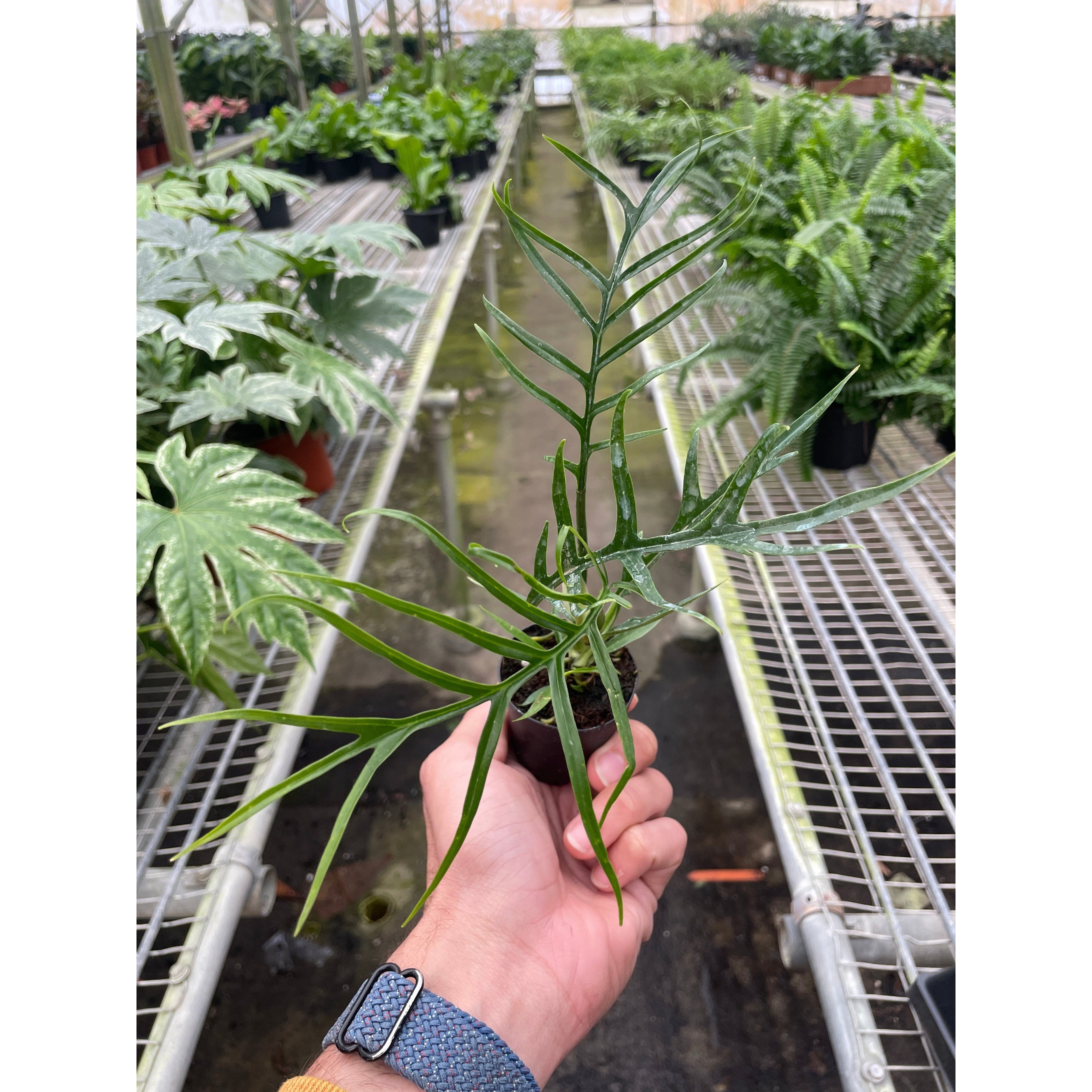Plant Care
Light
Humidity
Soil
Watering
Fertalizer
Other Names


The striking Philodendron tortum is a uniquely segmented aroid prized by collectors for its deeply lobed, thin leaflets that give it a distinctive "skeleton hand" or "spidery" appearance.
Unlike many common Philodendron varieties with broad foliage, the Tortum's narrow leaf structure is instantly recognizable and adds an architectural, whimsical shape to any space. Native to the humid rainforests of Brazil, this hemiepiphytic climber starts small on the forest floor, seeking support to ascend mature trees as it grows.
While it appreciates high humidity and warmth to thrive, the Tortum is known to be more forgiving than other rare aroids, making it an excellent, low-to-moderate maintenance choice for dedicated houseplant enthusiasts.
FREE SHIPPING ON ALL HOUSEPLANTS
30 DAY HEALTHY PLANT GUARANTEE
Humidity
Fertalizer
Other Names